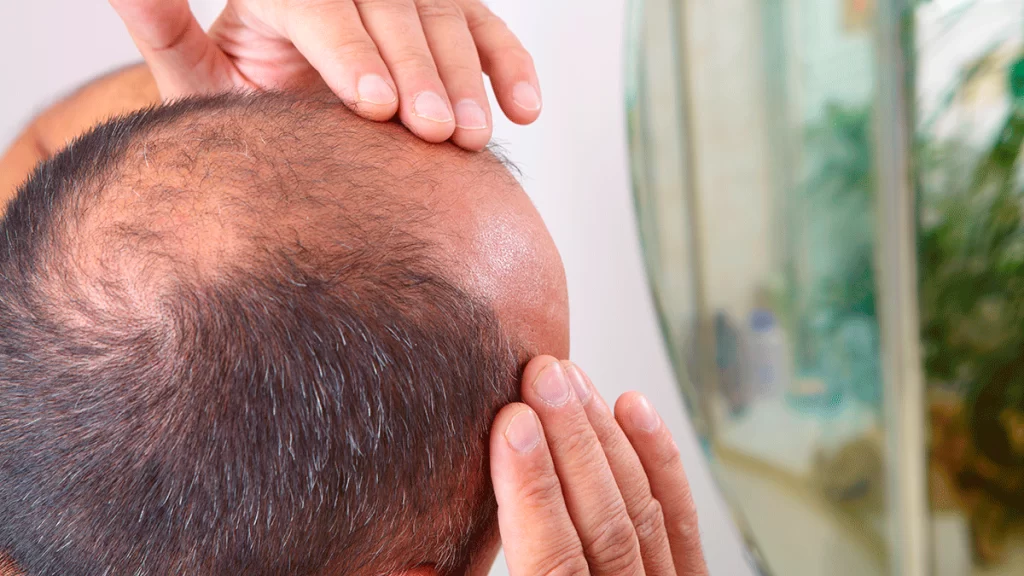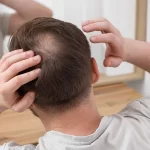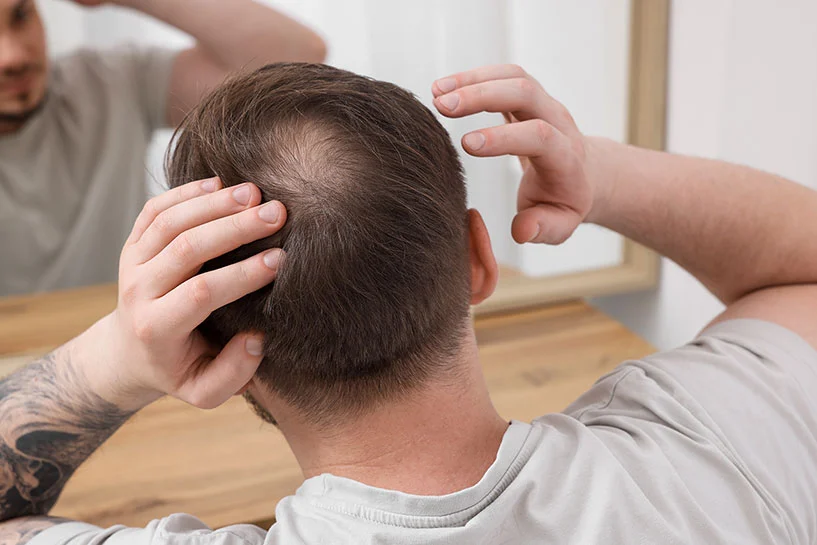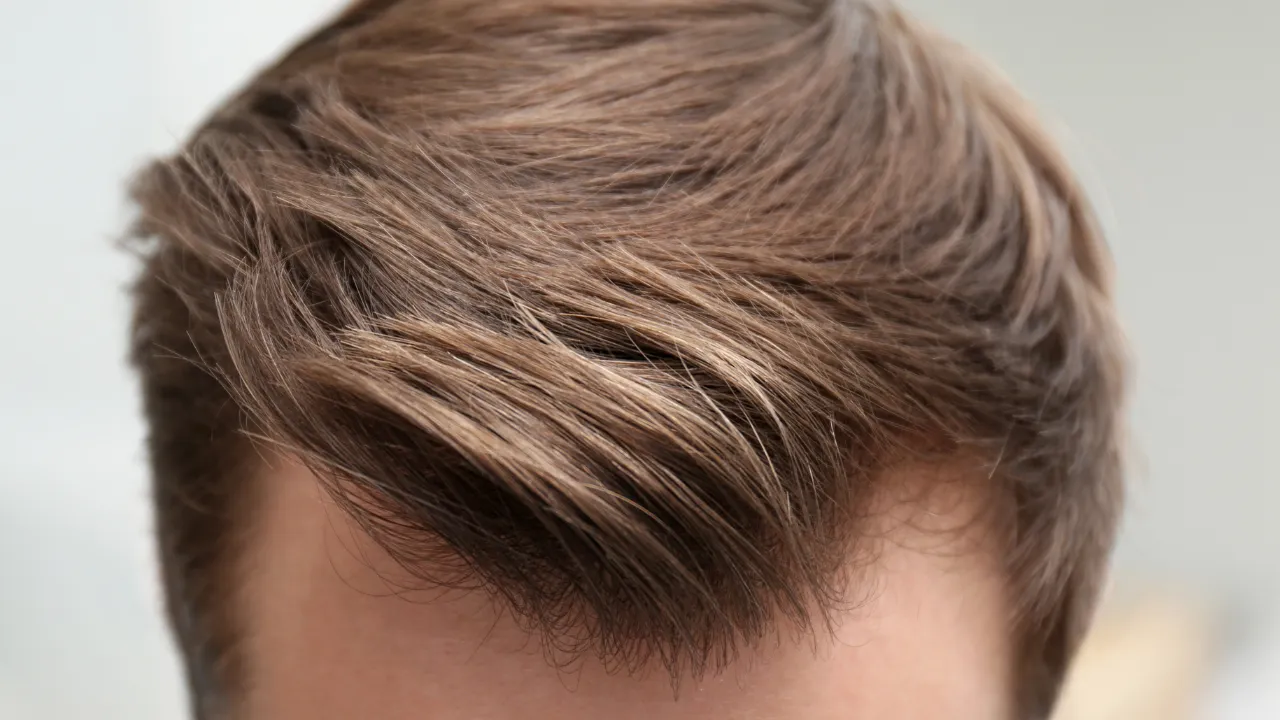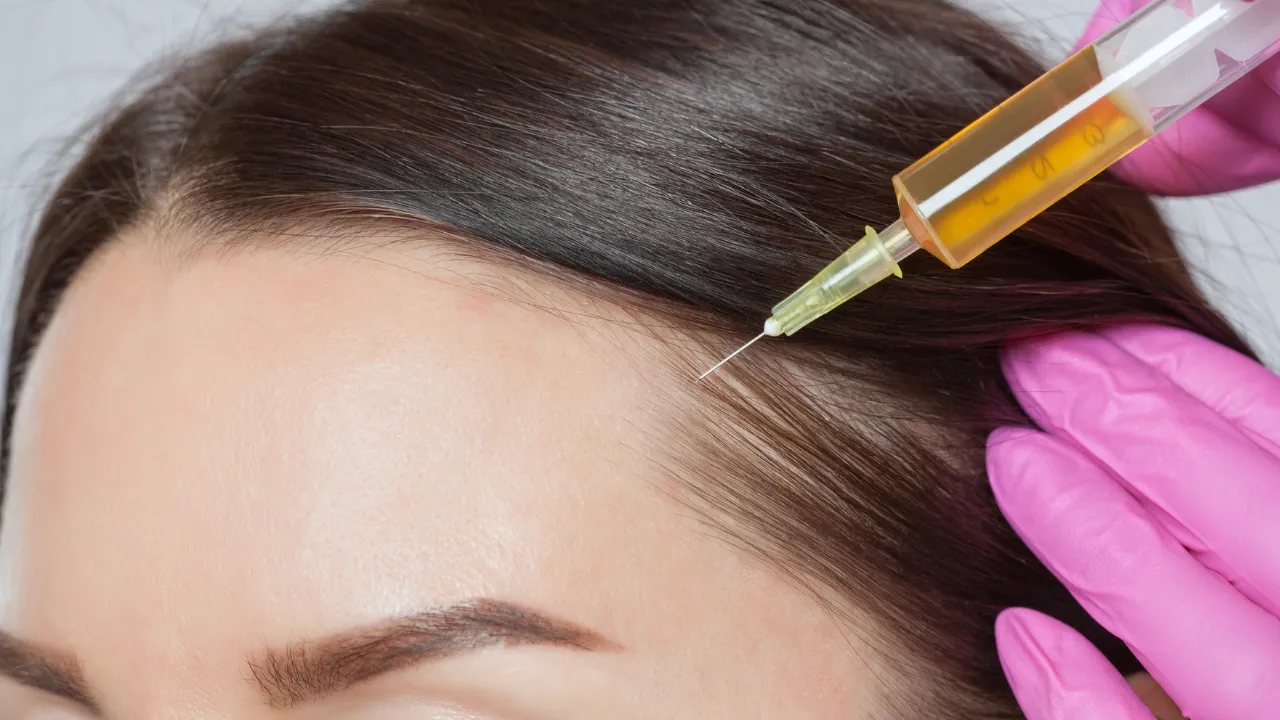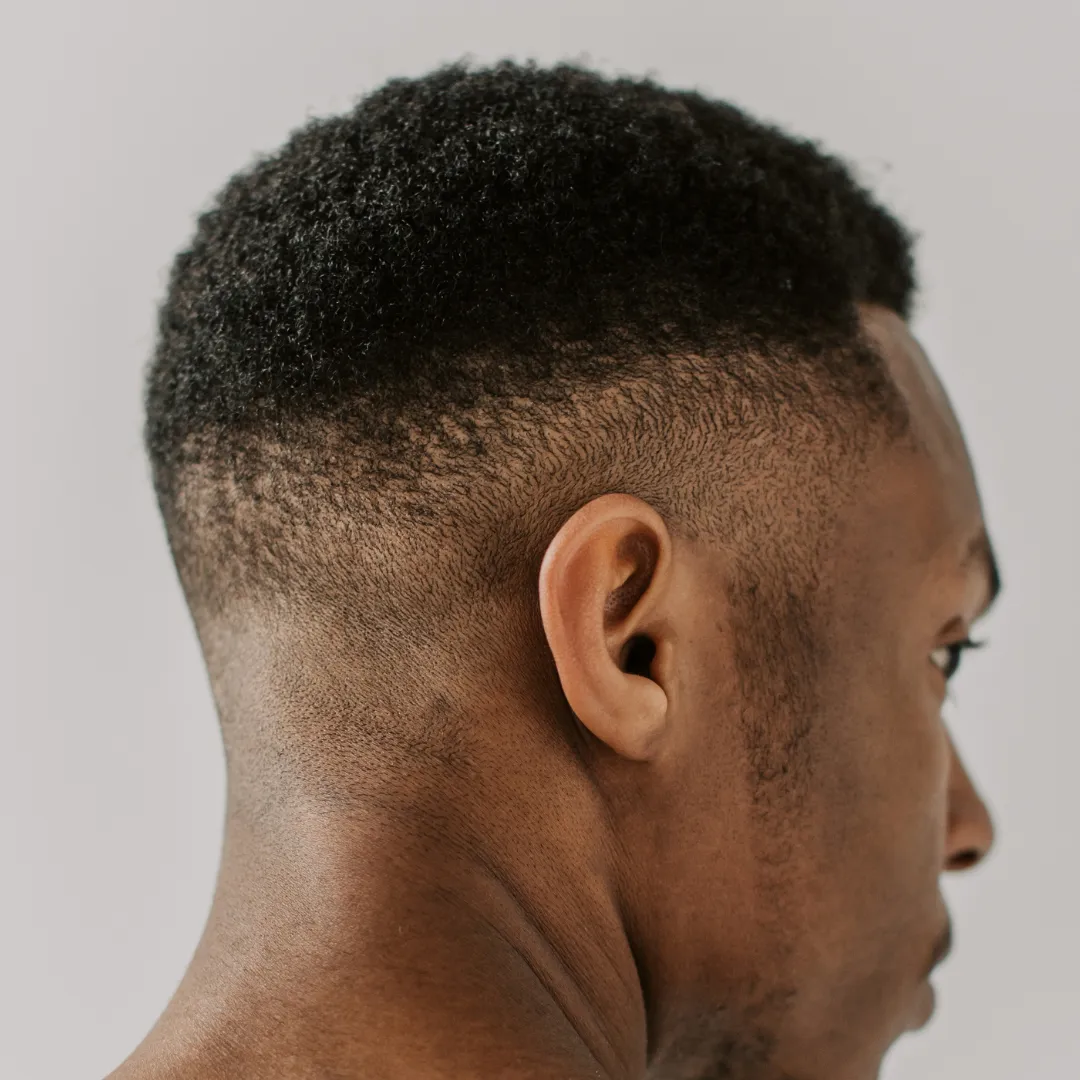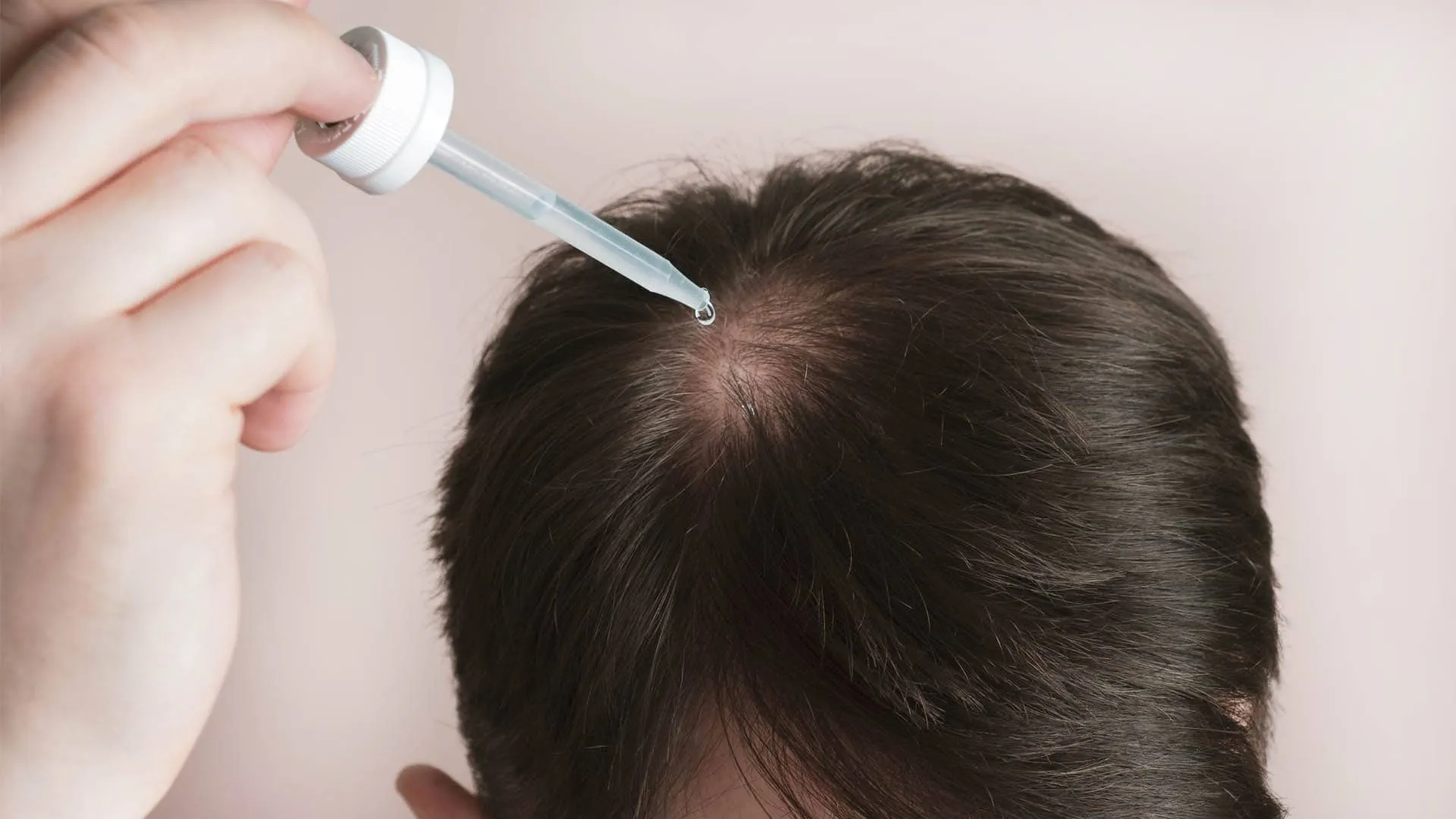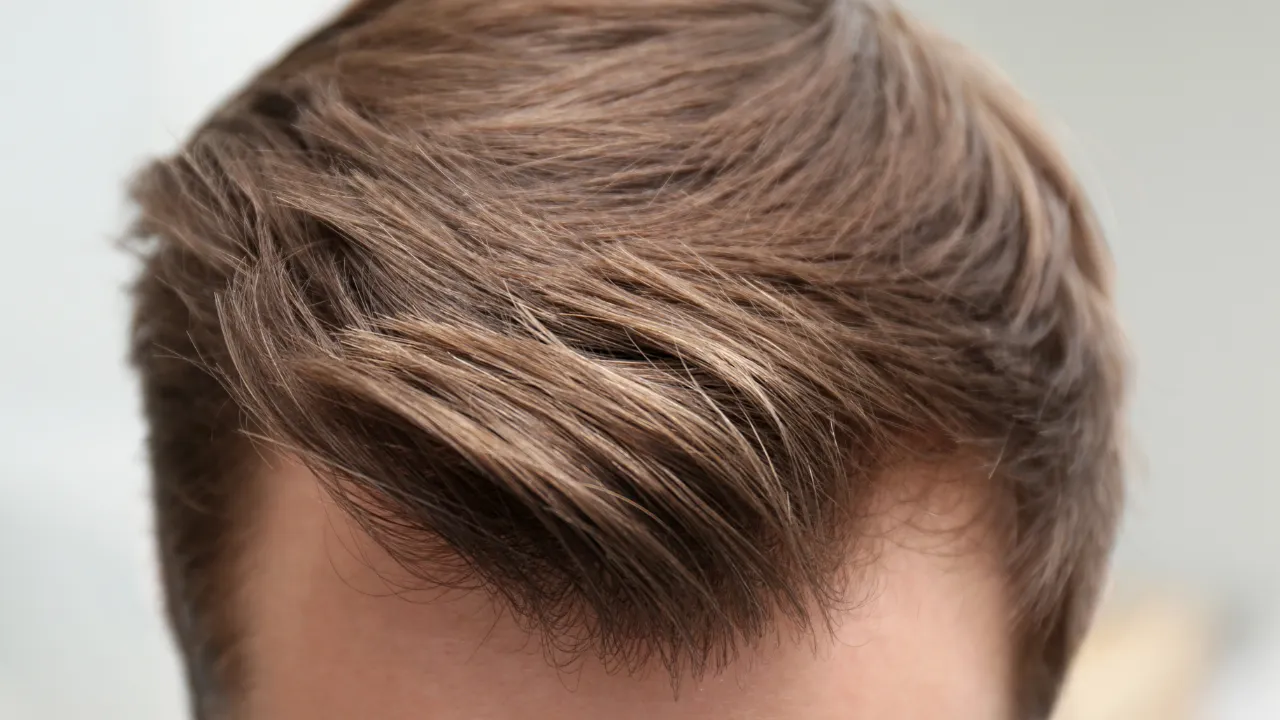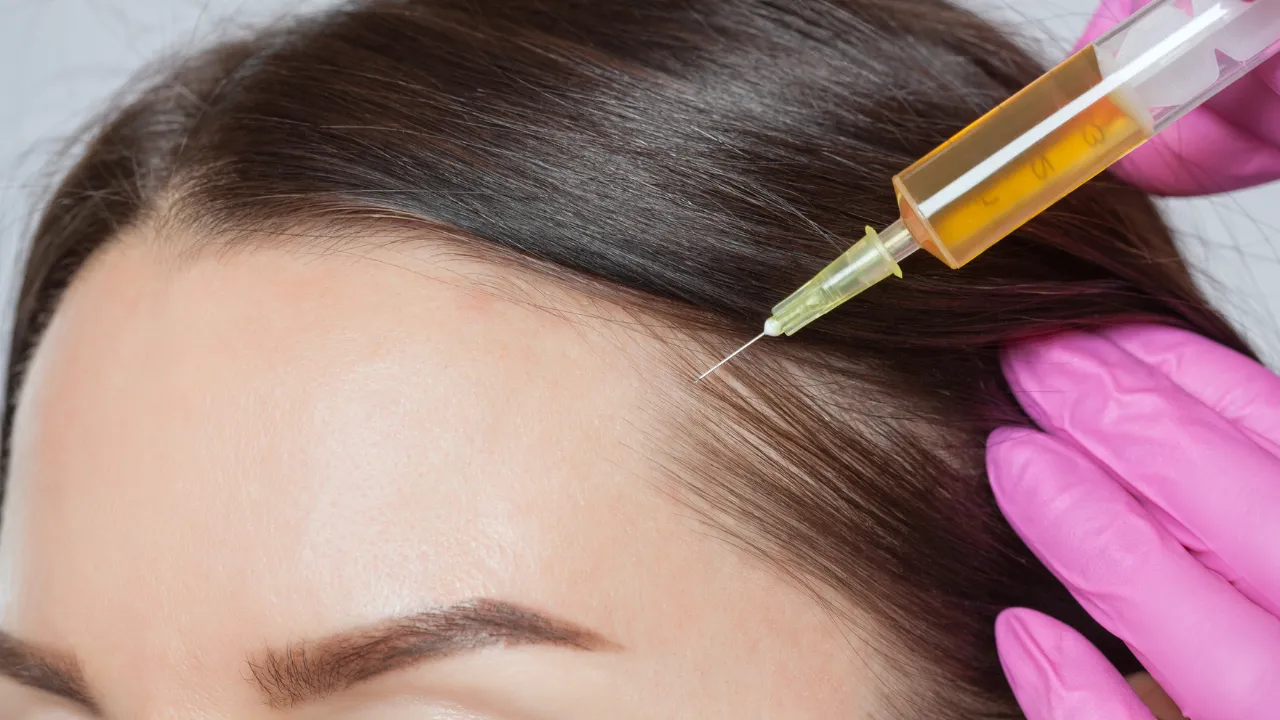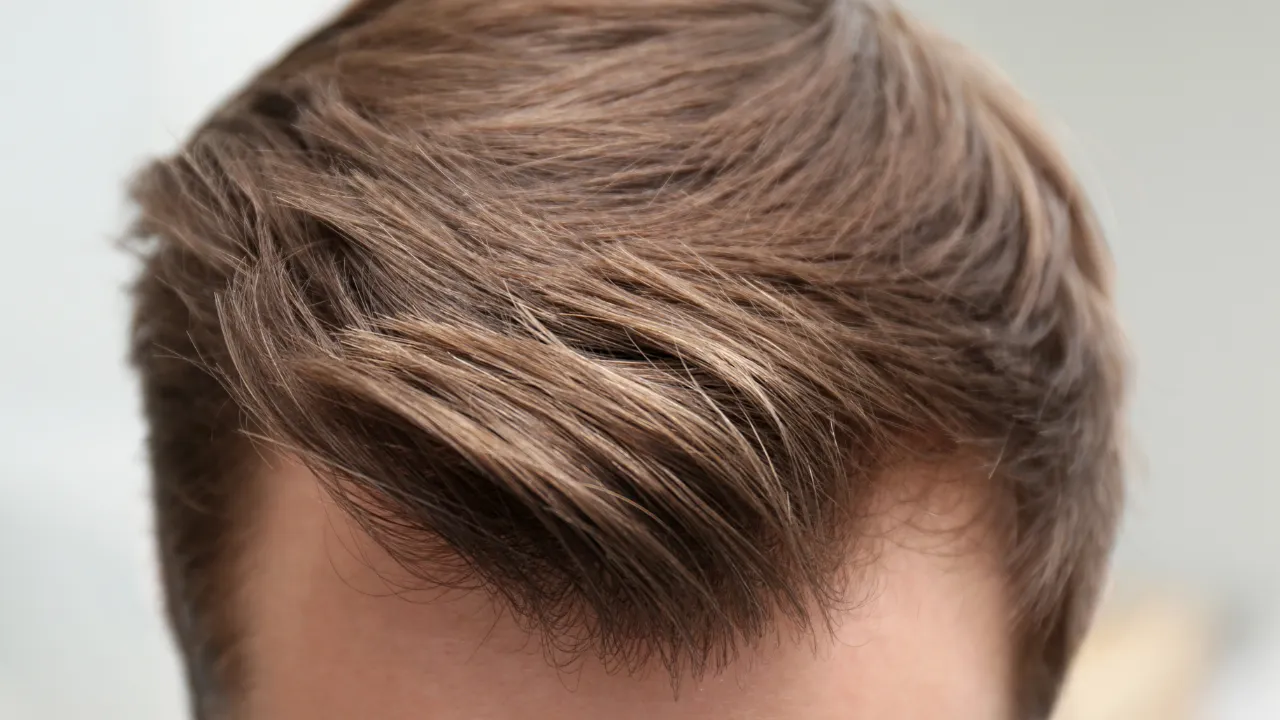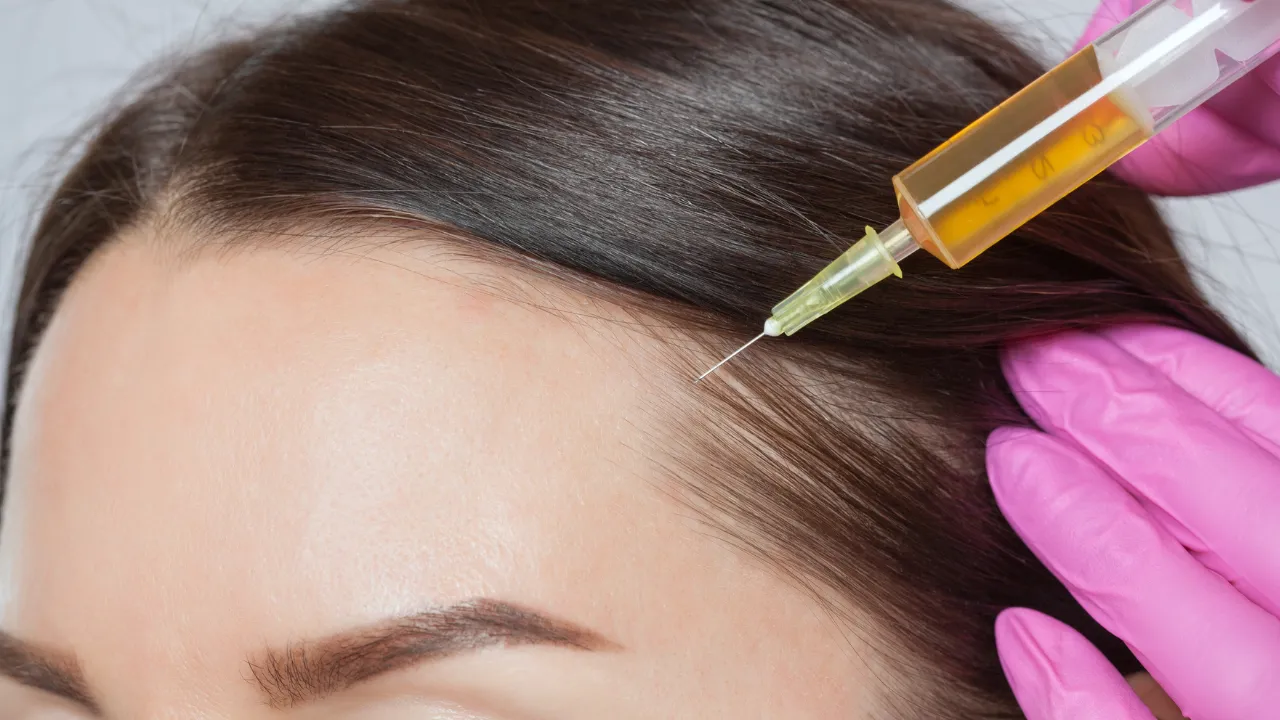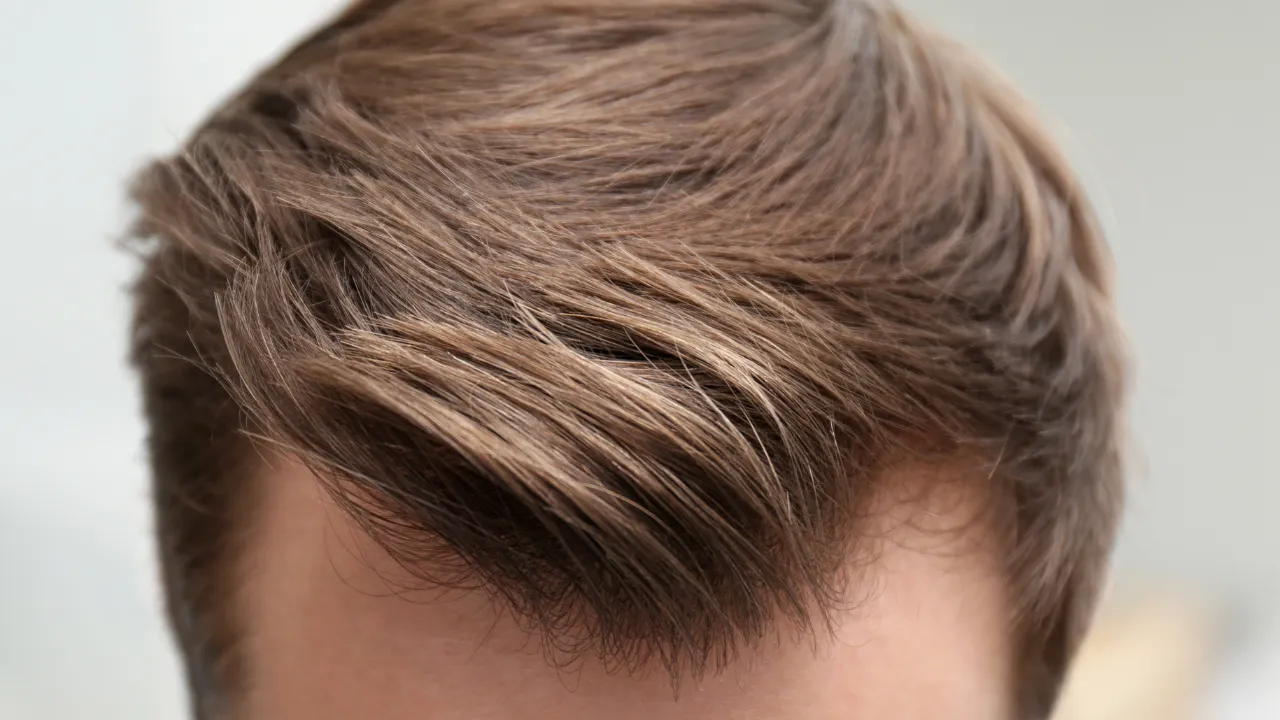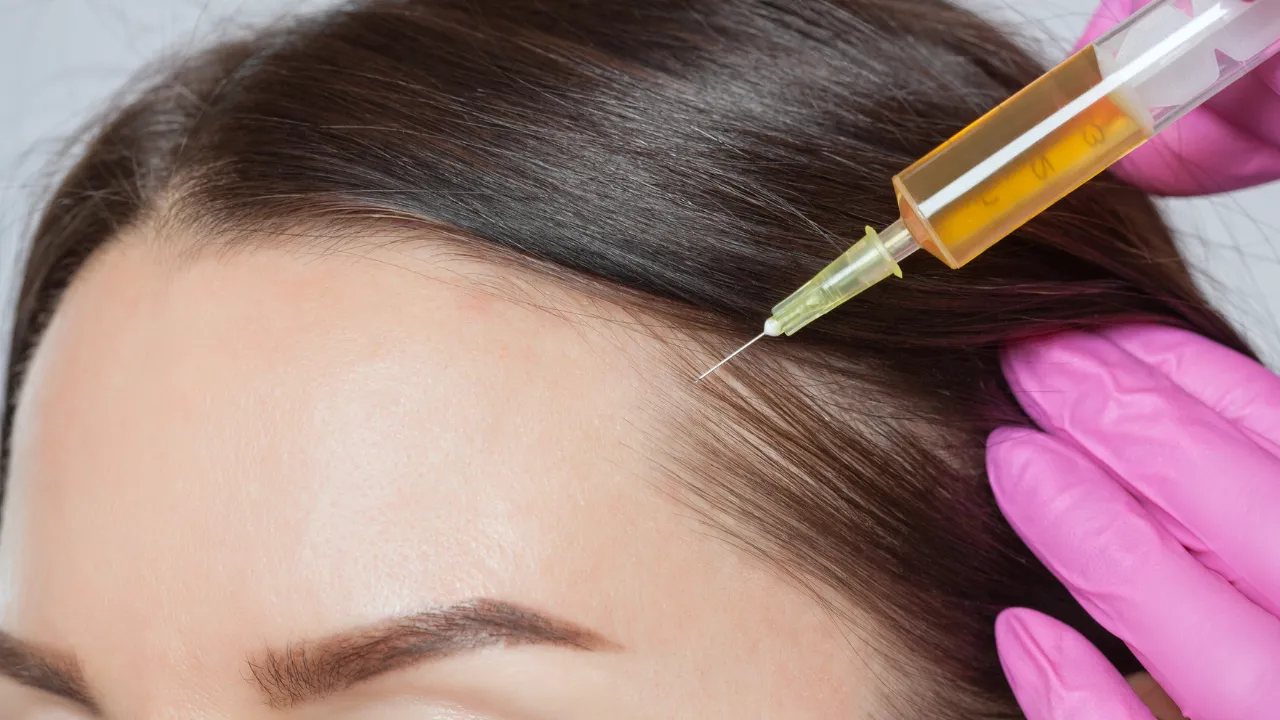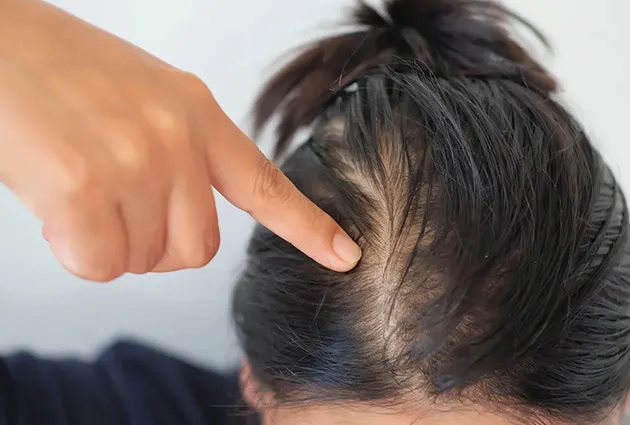Table of Contents
TogglePeople often ask how to slow balding, and while there is no full cure, proven methods can delay it. Options like medications, laser therapy, and lifestyle changes protect existing hair. Eating well, lowering stress, and caring for the scalp also help.
A doctor can guide you to the right plan and explain how to stop hair loss safely. At Kopelman Hair, we know how hair loss affects both confidence and well-being. With decades of experience, our clinic offers advanced care to slow and restore hair loss.
This guide shares effective ways to manage balding and protect your hair.
Key Takeaways
- Balding can be slowed with treatments such as Minoxidil, Finasteride, and low-level laser therapy.
- Healthy habits like balanced nutrition, stress control, and scalp care improve hair health.
- Side effects may occur with medications, so medical guidance is important.
- Hair transplant surgery is an option for advanced cases.
- Results often take months of consistent use.
Immediate and Short-Term Solutions
How to Stop Hair Fall Immediately
Quick steps help reduce shedding. Use mild shampoos, avoid heat styling, and limit chemicals. A gentle scalp massage may boost blood flow and reduce hair fall.
Broader Ways to Stop Hair Fall
Wash scalp and hair with gentle products, avoid tight styles, and keep the scalp clean. These habits protect existing hair and help prevent hair loss over time.
They also support daily efforts to slow hair loss and protect hair follicles from damage. Many patients ask if it is safe to wear a hat, and doctors agree that it does not cause balding.
Causes and Types of Balding
Genetic and Hormonal Factors
Hereditary balding, also called androgenic alopecia or androgenetic alopecia, is the most common type of hair loss. Hormones like DHT shrink hair follicles, and a family history raises risk. Knowing these factors helps guide treatment.
How to Stop Balding in Men
Male pattern baldness often begins with a receding hairline. Minoxidil or Finasteride may slow the loss. Early treatment improves results.
How to Stop Balding in Females
Women may see hair thinning across the scalp from hormones, stress, or medical conditions. Doctors check for issues like alopecia areata, telogen effluvium, or female pattern hair loss, which is a common cause of shedding in women.
How to Stop Balding at a Young Age
When hair loss starts early, the cause may be genetics, stress, or medical conditions. Treatments such as Minoxidil, Finasteride, or laser therapy can slow hair loss and support long-term hair growth and strength. Early care protects hair follicles and improves hair density before damage becomes permanent.
Medical Treatments for Balding
Medications (Minoxidil and Finasteride)
These are the most researched ways to treat hair loss. Minoxidil stimulates growth, while Finasteride lowers DHT. Both need regular use to support hair growth and long-term results.
Low-Level Laser Therapy
Laser devices improve blood flow and may thicken strands of hair. Used consistently, this approach often improves hair density. It also improves hair strength and supports better hair growth and retention.
Platelet Rich Plasma Therapy
Another option is platelet-rich plasma (PRP) therapy. In this procedure, a patient’s own blood is processed, and the plasma is injected into the scalp. PRP supports follicle health and may improve density when combined with other treatments.
Side Effects and Safety
Minoxidil may irritate the scalp, while Finasteride may affect hormones. Laser therapy is safe but may cause mild redness. A doctor ensures safe use.
Natural and Lifestyle Approaches
How to Slow Balding Naturally
Gentle care, less styling, and scalp protection reduce daily hair loss. These steps cannot stop balding, but can support healthier hair and slow hair loss over time.
Nutrition and Foods That Support Hair Health
Poor nutrition worsens shedding. Eat protein, iron, and vitamin D-rich foods like eggs, fish, spinach, and lentils. A balanced diet strengthens hair and supports hair follicles.
Stress and Scalp Care
Stress can speed up shedding. Exercise, sleep, and scalp massage lower stress and create a healthy scalp for growth. These simple changes also improve hair resilience.
Regrowth and Reversal
Can Balding Hair Grow Back?
Hair may grow back if treated early. Medications and procedures help in some cases, but inactive follicles may cause permanent hair loss.
How Do I Reverse My Balding?
Combining treatments like medications, laser therapy, PRP, and surgery may restore hair. At Kopelman Hair, Dr. Kopelman uses advanced transplants for lasting results.
When to Consider Hair Transplant Surgery
For advanced loss, FUE moves follicles to thinning areas. At Kopelman Hair, Dr. Kopelman performs each surgery with precision.
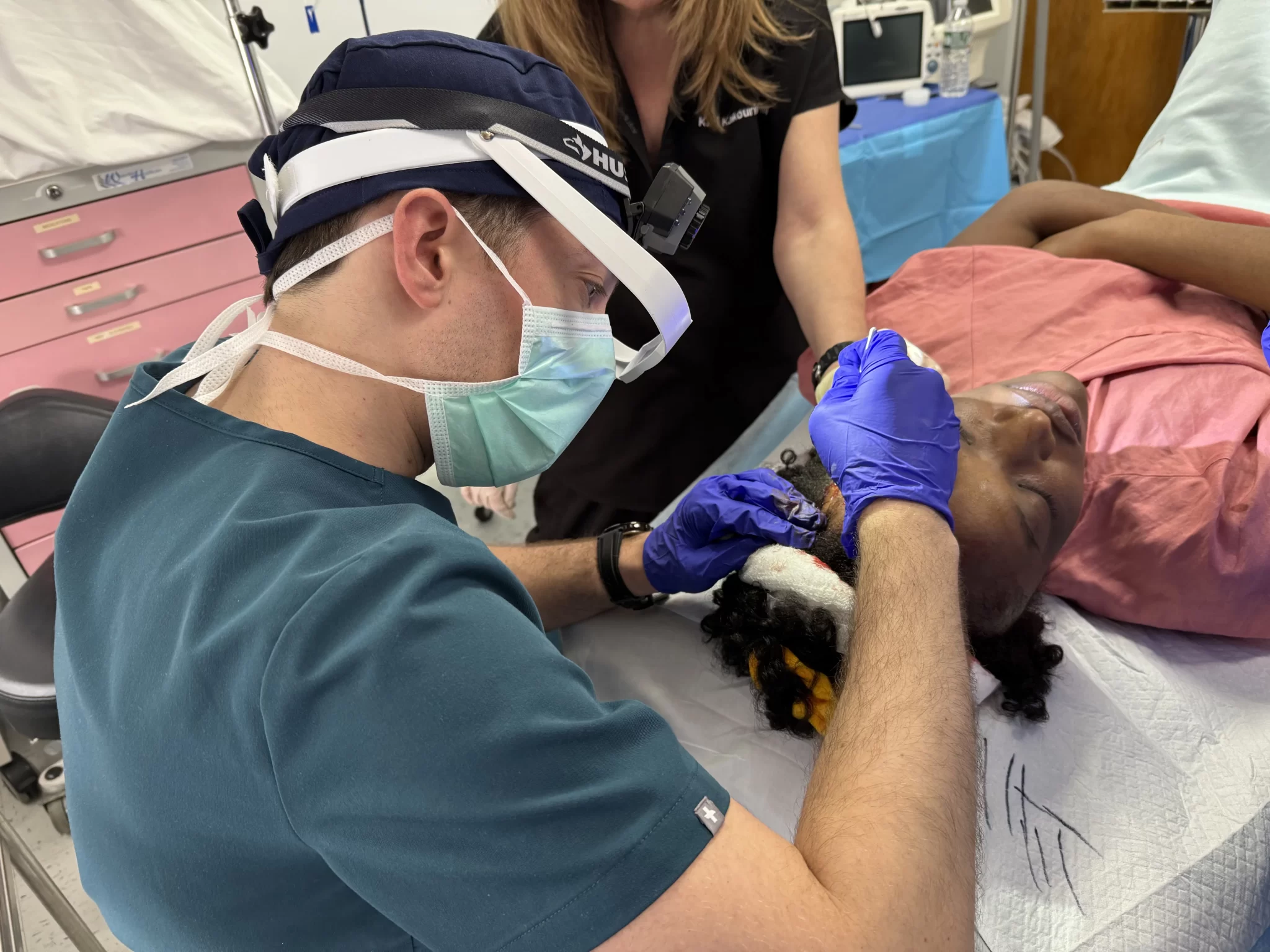
Who Is a Good Candidate?
Candidates have steady hair loss and enough donor hair. A medical check confirms if surgery is right.
Long-Term Hair Loss Management
What Are the Big 3 for Thinning Hair?
The “big 3” are Minoxidil, Finasteride, and laser therapy. Together, they help slow thinning and preserve existing hair.
Decreasing Hair Loss with Healthy Habits
Daily habits matter. Protect hair from the sun, avoid chemicals, and keep the scalp hydrated. These routines help treat hair loss and support stronger hair.
Diagnosis and Expectations
How Doctors Diagnose Hair Loss
Doctors check the scalp, run blood tests, or perform a biopsy. Signs of hair loss include thinning at the crown, widening part lines, and slow regrowth. These tests help confirm if hair loss includes conditions like androgenetic alopecia or telogen effluvium.
When to See a Specialist
If shedding continues, see a doctor. A specialist rules out medical conditions and recommends care. Early help improves results.
Expected Results and Timelines
Results depend on the cause. Some see changes in months, others take longer.
- Minoxidil: 3–6 months
- Finasteride: 6–12 months
- Laser therapy: 4–6 months of regular sessions
Balding can feel discouraging, but safe treatments and healthy habits can help. With the right plan, patients can protect their hair and confidence.
Kopelman Hair provides expert care and advanced options for every stage of hair restoration. Schedule a consultation with Dr. Kopelman today to discuss the best treatment for your needs.


